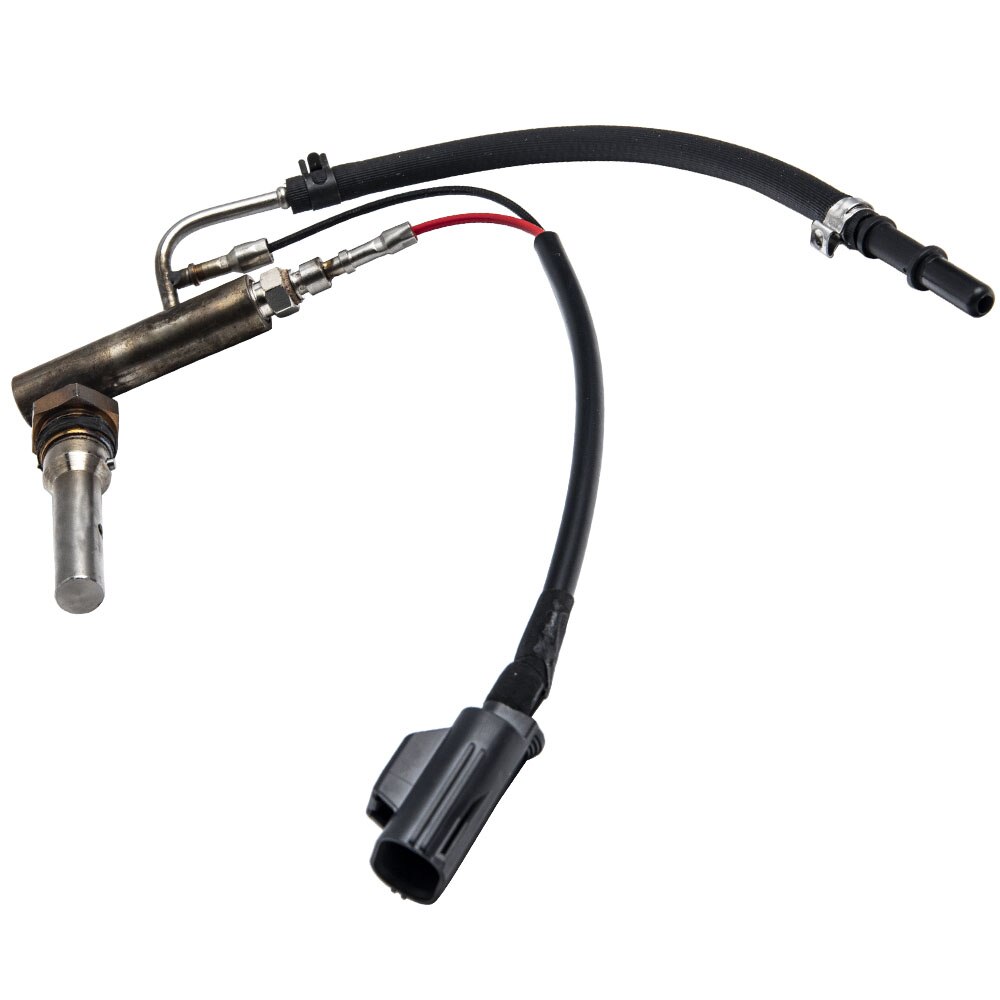News & Info
Fuel Vapour Valves explained
15/09/2021
Diesel Particulate Filters (DPF)’s main function is to filter pollutants through small fibres within its housing. When the DPF is full it goes through a cleaning phase known as regeneration. The vehicle’s ECM determines when to regenerate the DPF based on the amount of soot / particulate matter in the filter.
DPF’s are usually reliable when vehicles are driven in a way that allows the system to regenerate, ideally at highway cruise speed. In many cases where vehicles are not driven under ideal conditions, eg: short, stop – start trips, the system will not be working efficiently. To overcome this issue manufacturers have introduced a Diesel Fuel Vaporiser system to assist in incinerating particulate matter. The main component being a Fuel Vapour Valve (FVV).
A Fuel Vapour Valve is an electrically heated glow plug that evaporates the diesel fuel, then injects it through a tiny orifice into the exhaust gas stream directly before the DPF. The FVV incinerates particulate matter without oil dilution and requires no additional cooling, helping to improve fuel economy and CO2 emissions. This also enables more frequent DPF regeneration with low load conditions and when idling, allowing for an extended operating range.
Fuel Vapour Valves require regular maintenance and may require replacing when not functioning correctly or logging associated fault codes. It is a common problem that the outlet orifice of the FVV becomes blocked with carbon. This slowly reduces the amount of fuel that is injected into the system reducing the temperature to a point where regeneration is not possible. In rare cases this can be cleaned but it is recommended that it be replaced to avoid any further issues.
Diagnosing a faulty FVV can sometimes be difficult. If the vehicle is logging “Exhaust temperature too low for DPF regen” related fault codes then some of the basic checks would be the following:
- Check and rectify any exhaust leaks
- Ensure the DPF is free from blockage
- Check for any fuel restrictions to Fuel vaporiser pump or FVV
- Check EGT sensor operation
- Inspect and test Fuel Vapour Valve
If the FVV appears clean and free from blockage then a resistance test can be conducted.
- Switch the ignition to the OFF position
- Disconnect the FVV connector plug and measure the resistance of the glow plug terminals according to manufacturer specifications. (usually 0-2 ohms)
- If the readings are not within specification then you would assume the FVV is faulty, which is correct in many cases.
Goss have introduced a range of OE compatible Fuel Vapour Valves to its range. Search the catalogue for vehicle applications.
Back to Articles


